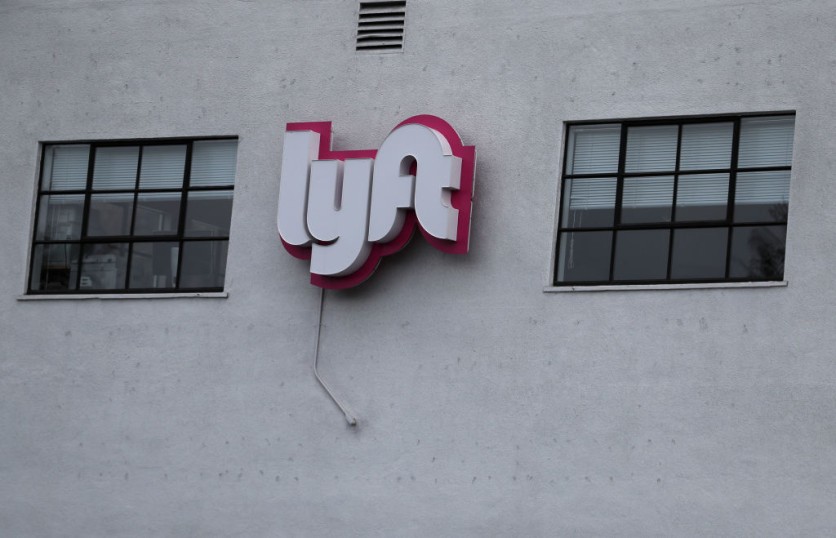Lyft's recent strategy of reducing fares to attract more riders has yielded positive results. However, this success has been accompanied by certain challenges, according to TechCrunch.
In its second quarter 2023 earnings report, Lyft revealed a rise in the number of riders and a simultaneous decline in revenue per active rider.
This phenomenon was attributed to the company's decision to adjust its pricing to be more in line with the prevailing market conditions, as explained by Lyft CEO David Risher.

Lyft's Revenue Per Rider
For the second quarter, Lyft's revenue per rider experienced a nearly 5% decrease, while the active rider count escalated to 21,487 from 19,552 in the first quarter.
Lyft seems to be focused not only on staying competitive with its counterpart Uber but also on eliminating surge pricing, commonly known as "primetime."
During the earnings call, Risher conveyed that while surge pricing might encourage more drivers to work during peak demand periods, it could also discourage riders unwilling to pay steep fees.
Risher said: "It's a bad form of price raising. It's particularly bad because riders hate it with a fiery passion. So, we're really trying to get rid of it, and because we've got such a good driver supply... it's decreased significantly."
Lyft's pool of drivers has reached its peak level over the past three years, exhibiting remarkable growth of more than 20% in a year-over-year comparison.
This surge in driver availability is complemented by the fact that the average hours logged by active drivers have now exceeded the levels seen in 2019, as confirmed by a spokesperson from Lyft to TechCrunch.
Read Also : Uber vs. Lyft vs. Gig Economy: How the Battle Over Workers Will End, According to Analysts
Lyft Surge Pricing
Consequently, the portion of rides subjected to surge pricing has substantially reduced by 35% since the initial quarter. While this decline has contributed to a decrease in revenue, Risher noted that this strategic shift yields advantages for both passengers and the broader market outcomes.
In the immediate future, discontinuing surge pricing could position Lyft distinctively in comparison to its competitor Uber.
"Our customer obsession is paying off for riders, drivers, and our business," Risher said in a statement.
"Between summer travel and return-to-office commuting, folks are getting out more every day and loving the Lyft rideshare experience. Standard rides have reached their second-highest level ever. Our advice: download Lyft now and give us a try. We think you'll like what you see," he added.
Erin Brewer, chief financial officer of Lyft, noted that the rideshare market is growing, and they had a solid second quarter.
"We have strong ride momentum going into Q3 and the back half of the year... The team is unified and focused on delivering great experiences for drivers and riders. We've got lots more to do to build on our progress," Brewer added.
Related Article : Uber, DoorDash, Grubhub Sue New York City Over Law Setting $18 Hourly Wage for Food Delivery Workers


![Apple Watch Series 10 [GPS 42mm]](https://d.techtimes.com/en/full/453899/apple-watch-series-10-gps-42mm.jpg?w=184&h=103&f=9fb3c2ea2db928c663d1d2eadbcb3e52)


